

7 Days
Starting From
$4,645.00
10 Days
Starting From
$5,995.00
per person, double occupancy
Want more from your experience?
Add an Extension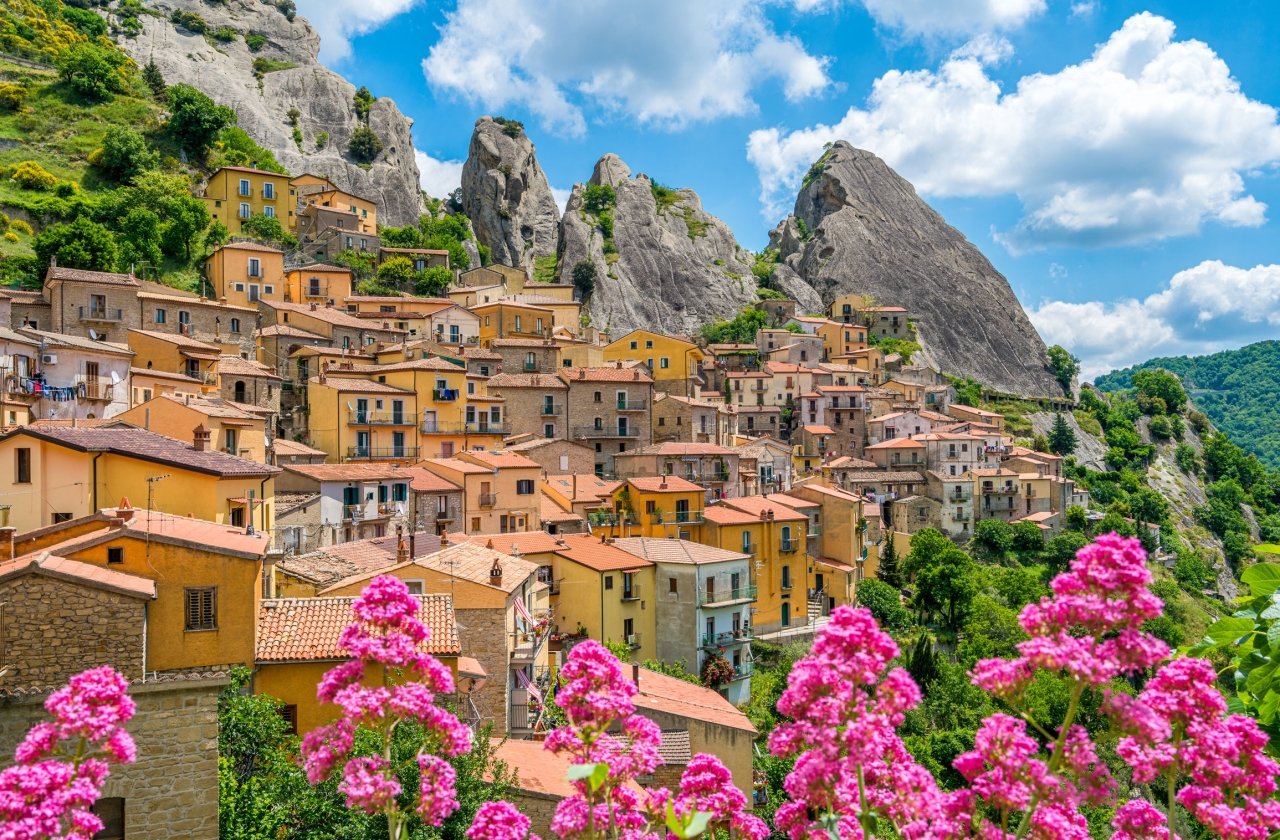

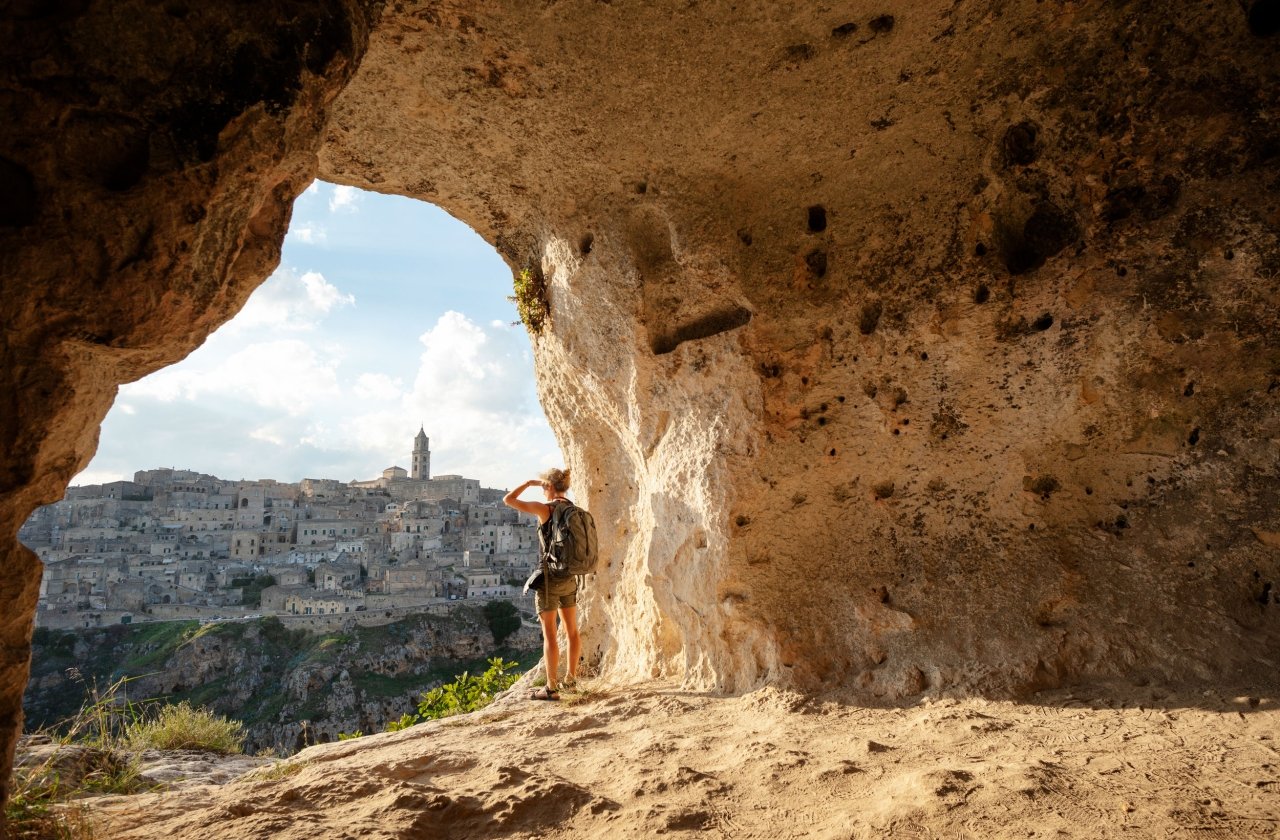





























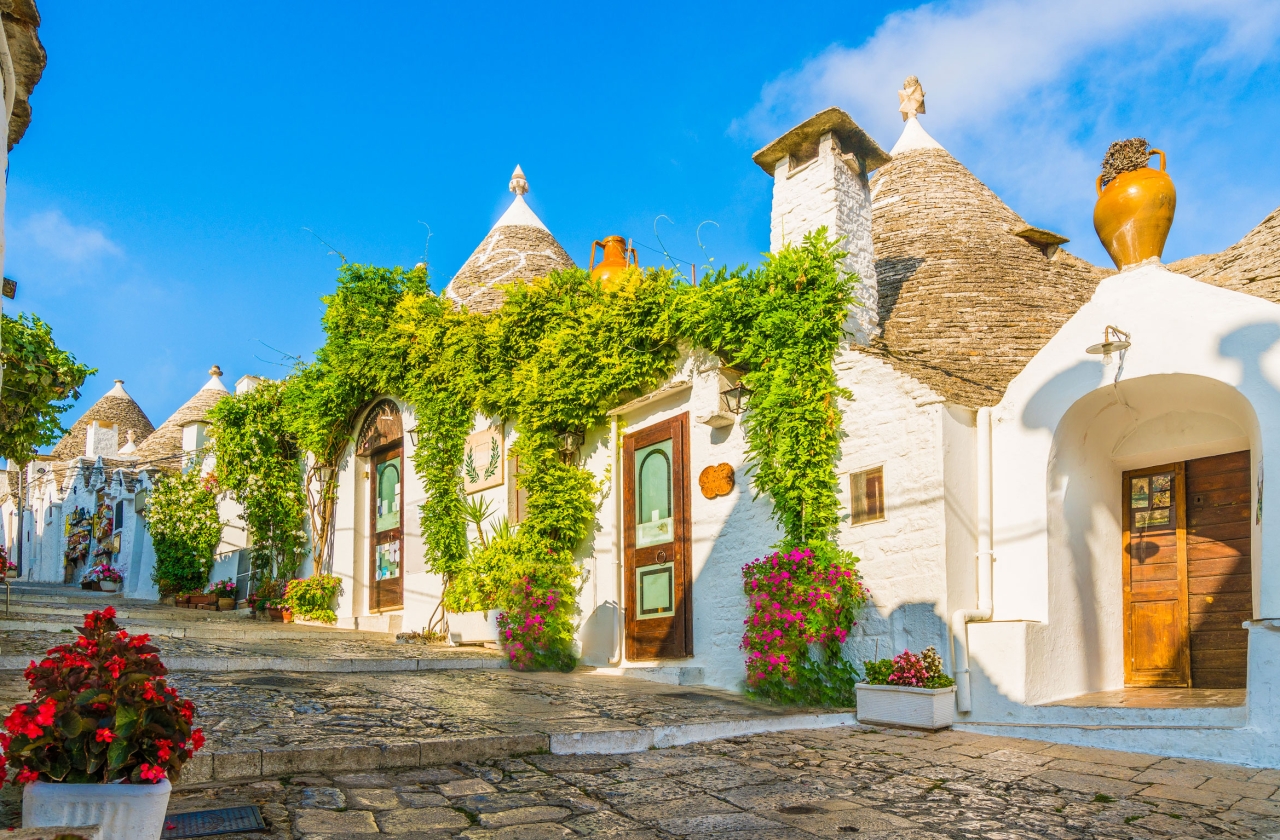









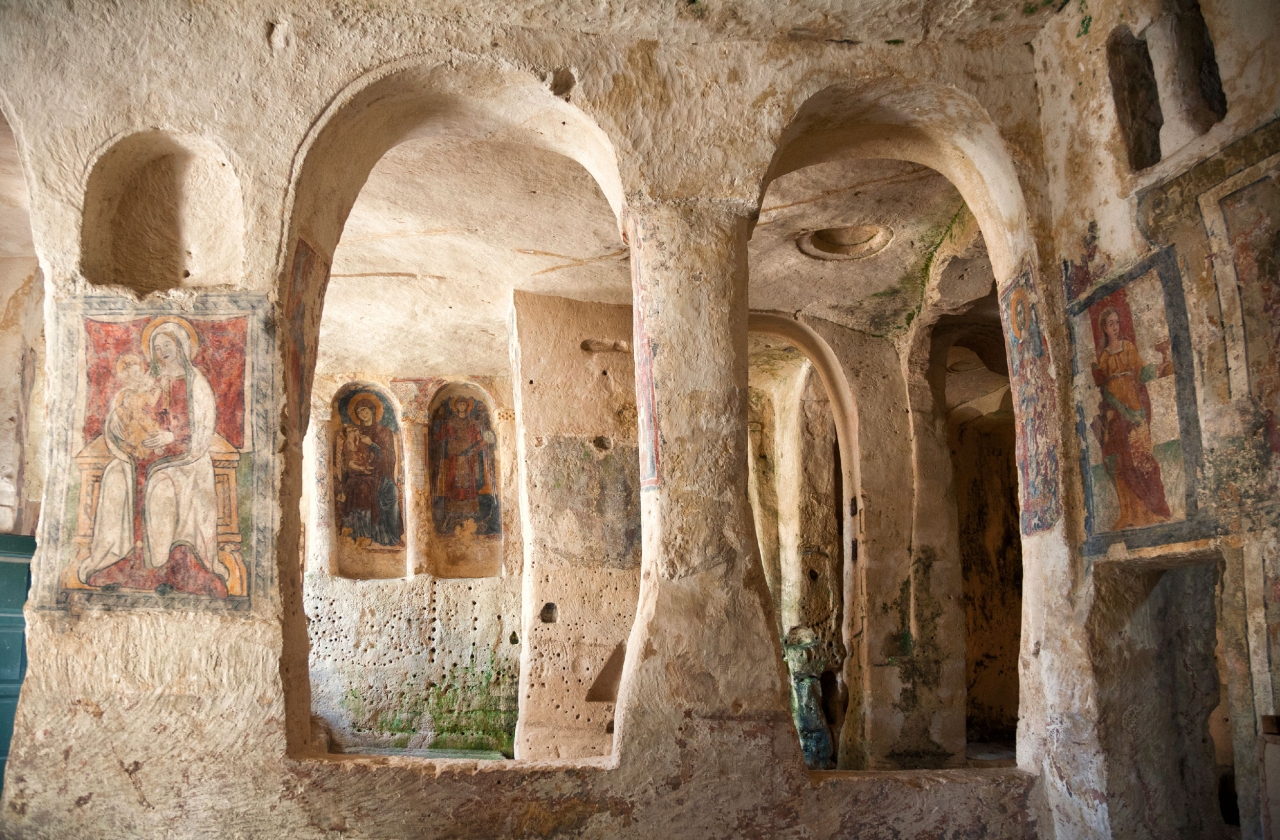









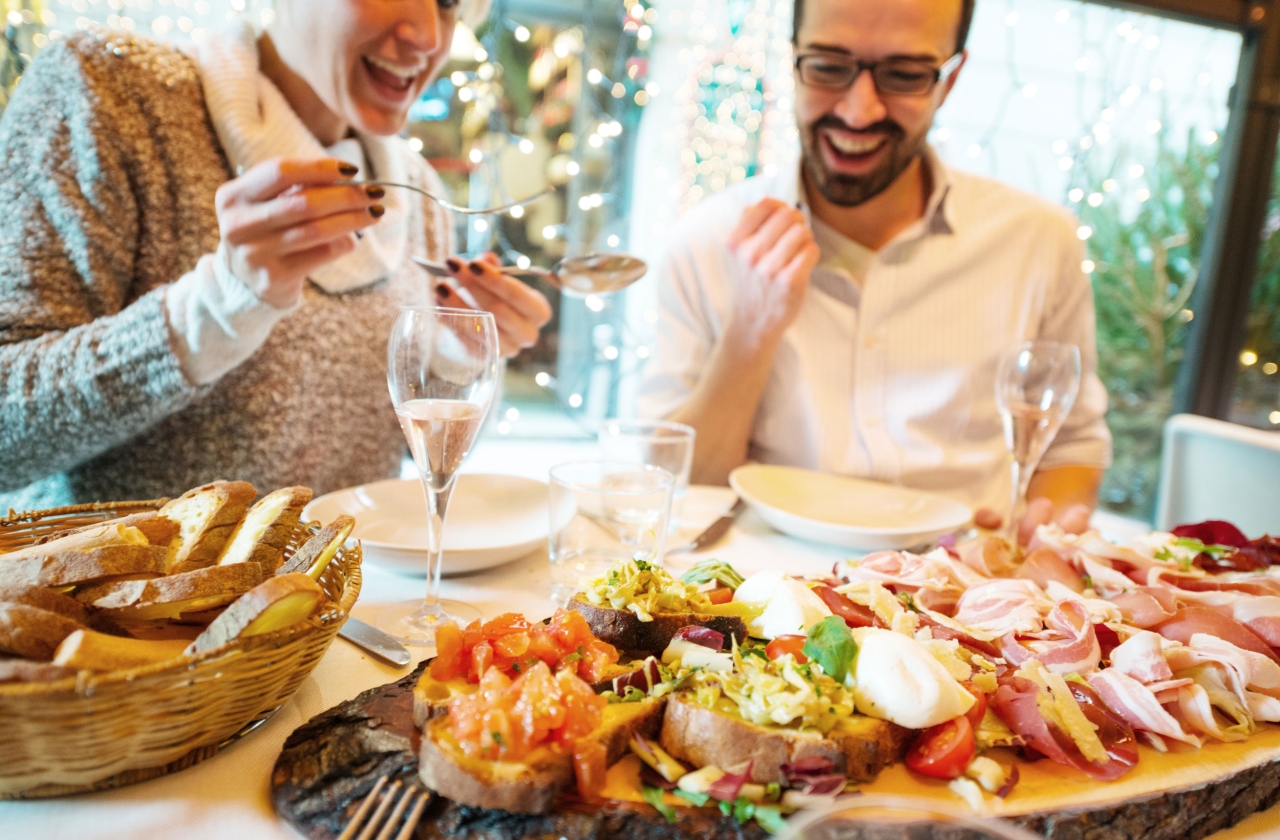









While many walking tours of Puglia miss out on the beauty of Basilicata, on this Country Walkers adventure we’ll guide you through the ancient cave churches of the Parco Regionale della Murgia Materana. Explore the charming streets of historic Matera, returning to your luxurious hotel in the storied Sassi district. Discover Gravina in Puglia’s famous 18th-century aqueduct bridge with sweeping views of the gorge below, and enjoy an exquisite olive-oil tasting in one of Alberobello’s iconic trulli. Stroll through the gleaming city of Ostuni, where whitewashed walls contrast sharply with the blue of the Adriatic Sea, and relax at your comfortable masseria in Otranto—where a 16th-century olive oil mill and Bronze Age dolmens await in the surrounding countryside. Walk along the shimmering coast to the confluence of the Ionian and Adriatic waters at Santa Maria di Leuca, and enjoy an evening of mouth-watering cuisine, local music, and iconic Apulian revelry.
Country Walkers is proud to support Le Costantine Foundation with a donation on behalf of each guest on this tour. Le Costantine Foundation is a women-focused group dedicated to preserving the traditions, agriculture, and artisan crafts of Puglia, along with providing economic independence to women in the small community outside Otranto, Puglia.
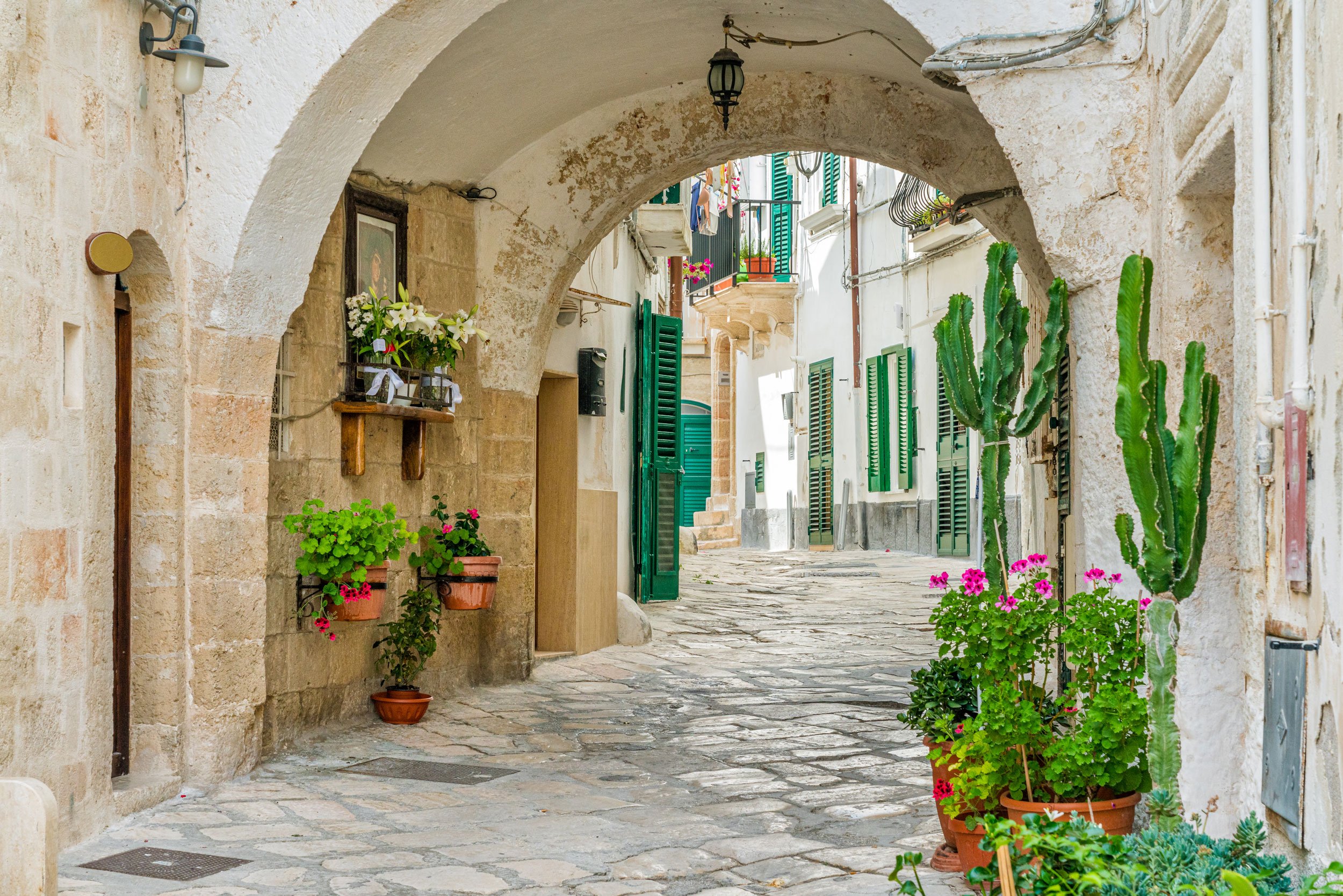







2026 Pre-Tour Extension - Monopoli
2 Nights From
$
795
per person, double occupancy
Single Supplement: From $445
Your vacation is about to begin! Spend your first night aloft and arrive ready for an unforgettable trip.
A Country Walkers representative will greet you at the airport to start your adventure off right. A complimentary car service will whisk you to your centrally located hotel in Monopoli. From here, you are perfectly positioned to explore this charming city at your leisure.
After enjoying an included breakfast at your hotel, spend the day exploring at your own pace with the help of our provided city information.
Included Meals: Breakfast
After enjoying an included breakfast at your hotel, spend your final morning and lunch at your leisure. At 2:00 p.m., a representative will meet you in the hotel lobby for your transfer to Bari.
Upon arrival, you’ll check in to your seaside hotel. The remainder of the day is yours to enjoy as you wish—perhaps explore the city, relax at the hotel, or choose a local restaurant for dinner. We’ll provide detailed city information to help you make the most of your afternoon and evening.
Included Meals: Breakfast
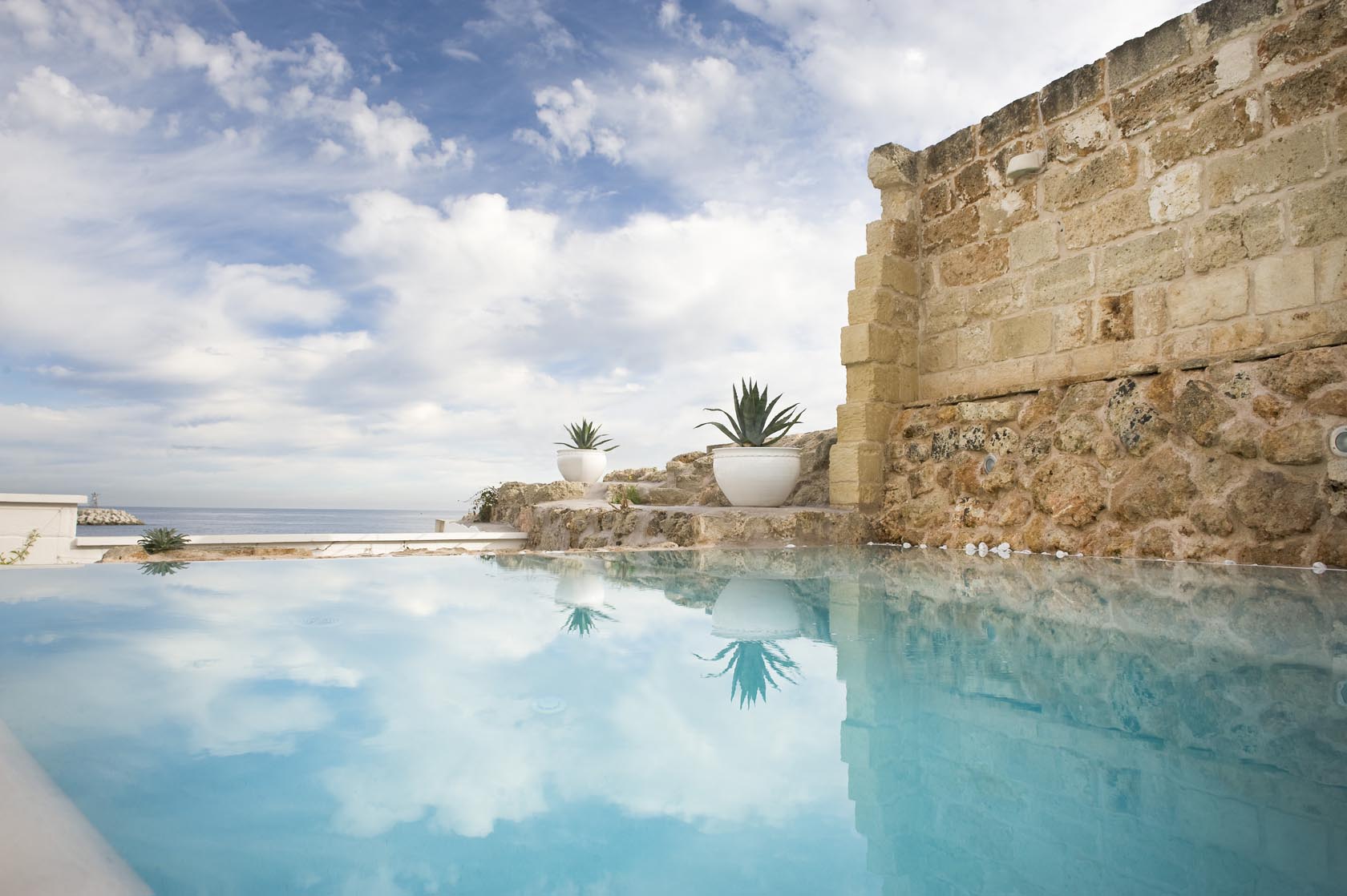


Dimora Don Ferrante


















2025 Pre-Tour Extension - Monopoli
2 Nights From
$
695
per person, double occupancy
Single Supplement: From $445
Your vacation is about to begin! Spend your first night aloft and arrive ready for an unforgettable trip.
A Country Walkers representative will greet you at the airport to start your adventure off right. A complimentary car service will whisk you to your centrally located hotel in Monopoli. From here, you are perfectly positioned to explore this charming city at your leisure.
After enjoying an included breakfast at your hotel, spend the day exploring at your own pace with the help of our provided city information.
Included Meals: Breakfast
After enjoying an included breakfast at your hotel, spend your final morning and lunch at your leisure. At 2:00 p.m., a representative will meet you in the hotel lobby for your transfer to Bari.
Upon arrival, you’ll check in to your seaside hotel. The remainder of the day is yours to enjoy as you wish—perhaps explore the city, relax at the hotel, or choose a local restaurant for dinner. We’ll provide detailed city information to help you make the most of your afternoon and evening.
Included Meals: Breakfast



Dimora Don Ferrante










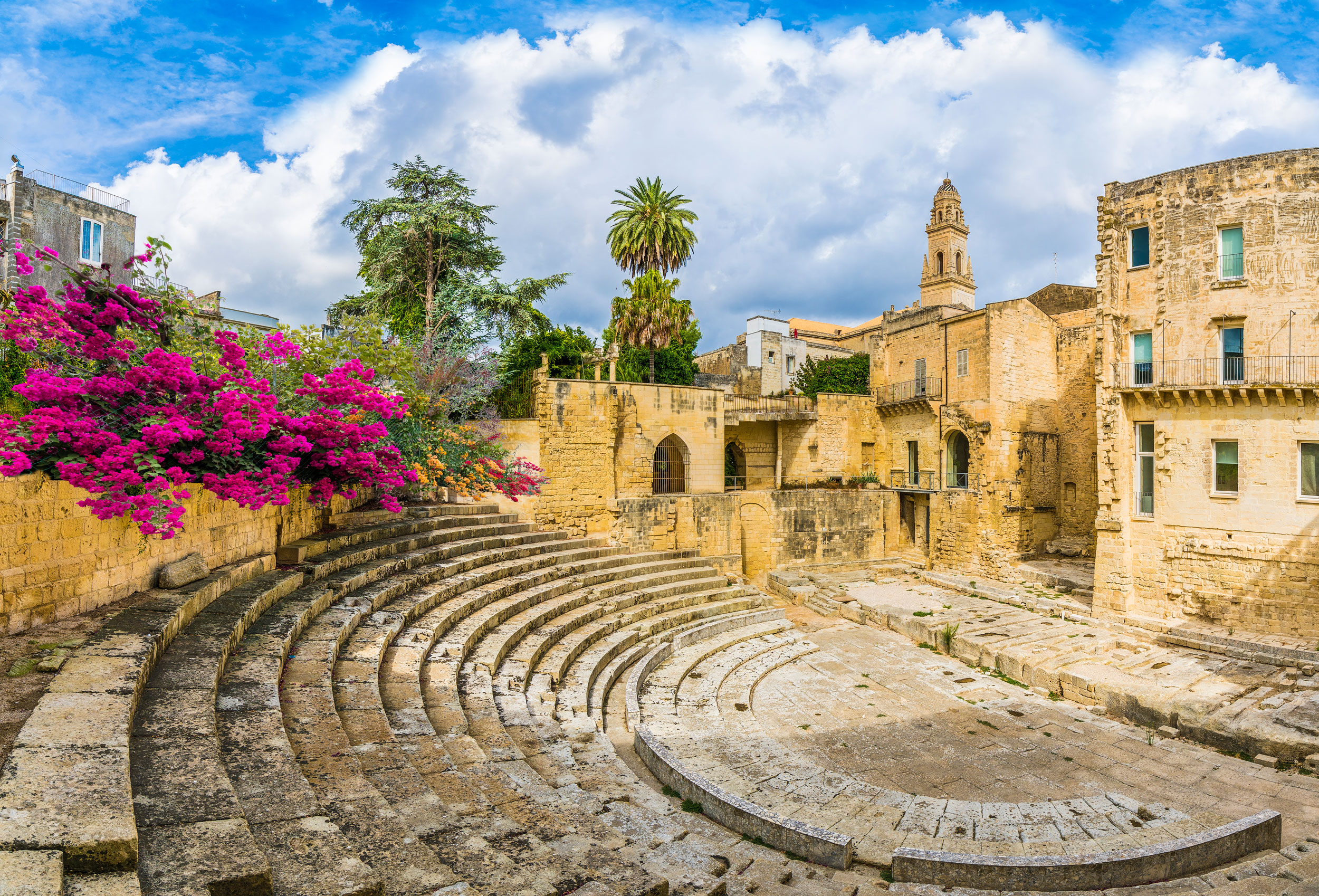







2026 Post-Tour Extension - Lecce
1 Nights From
$
195
per person, double occupancy
Single Supplement: From $145
After enjoying an included breakfast at your hotel, spend the day exploring at your own pace with the help of our provided city information.
Included Meals: Breakfast
Ciao! After an included breakfast this morning, complimentary transportation will be provided to Brindisi International Airport (approximately a 40-minute drive) or Bari Karol Wojtyła International Airport (approximately a two-hour drive), depending on your departure time.
Included Meals: Breakfast



Pollicastro Boutique Hotel


















2025 Post-Tour Extension - Lecce
1 Nights From
$
145
per person, double occupancy
Single Supplement: From $45
After enjoying an included breakfast at your hotel, spend the day exploring at your own pace with the help of our provided city information.
Included Meals: Breakfast
Ciao! After an included breakfast this morning, complimentary transportation will be provided to Brindisi International Airport (approximately a 40-minute drive) or Bari Karol Wojtyła International Airport (approximately a two-hour drive), depending on your departure time.
Included Meals: Breakfast


Suite Hotel Santa Chiara












Our guides were outstanding! They made everything fun and exciting, they were attentive to each traveler's needs and requests. They were flexible and considerate of any needed revisions. They were passionate about Puglia and all of Southern Italy. They were very knowledgable about the extensive history and unique geography of the area. They worked extremely well together and I would travel with them again! There were issues with my actual travel plans from the USA and, in hindsight, I wish I had made my own travel arrangements to avoid the glitches. When I had a problem, I had to be very insistent that Country Walkers/VBT assist me rather than comply with their advice to "just keep trying."
Italy: Matera, Otranto & the Puglia Coast
Wonderful food, combined with long history, interesting and/or beautiful accommodations. Great.
Italy: Matera, Otranto & the Puglia Coast
Experience your destination like an insider with people who call it home.
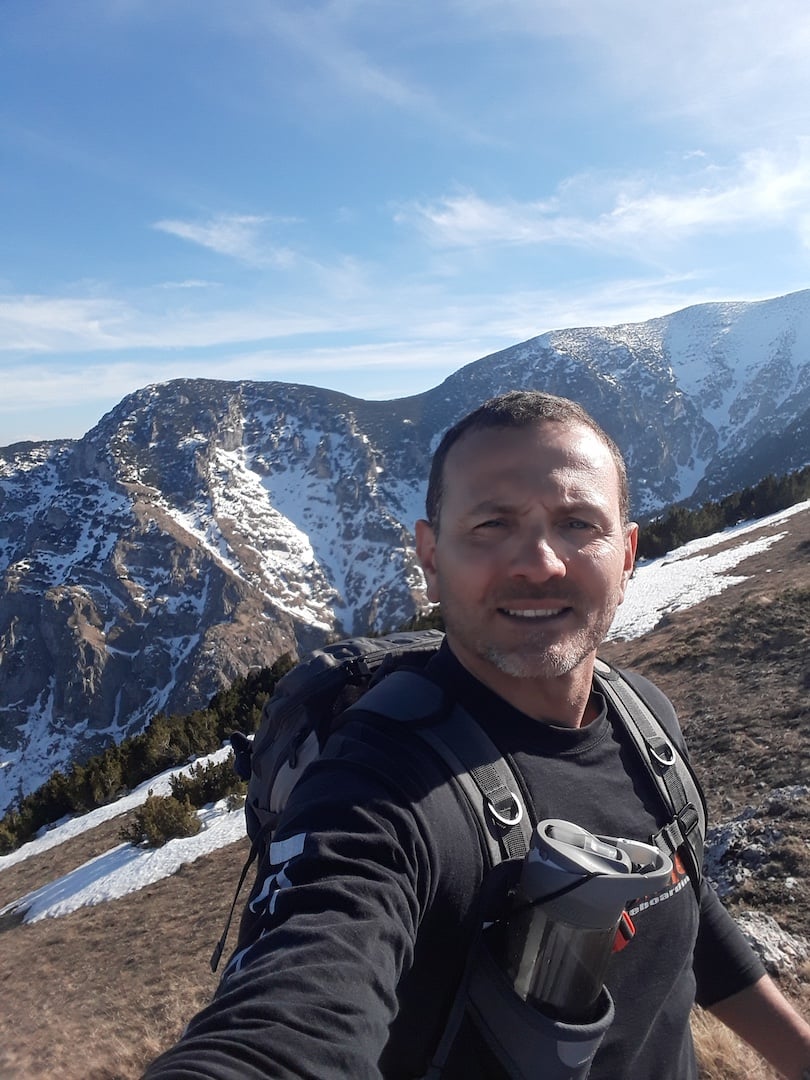

Emiliano Limauro
During a childhood spent in Puglia, Emiliano developed an unconditional love of nature and outdoor sports. Moving on to become a trekking and MTB instructor and rafting guide, Emiliano loves sport climbing and paragliding. In the summers, he enjoys spending time on the water—working as a skipper and water-scooter rescuer in the clear Adriatic waters off the coast of Puglia. Above all, Emiliano enjoys introducing new people to the beauty and culture of his beloved homeland.
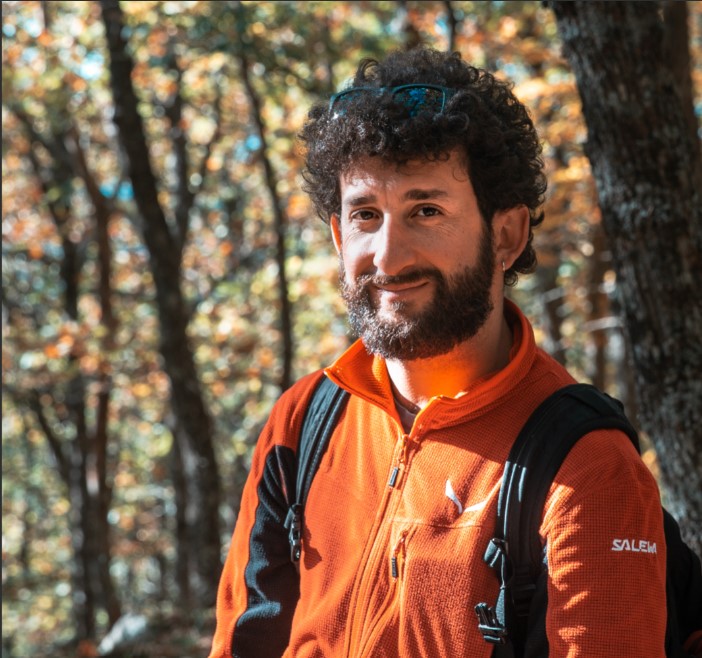

Cosimo Burgi
Cosimo Burgi is a hiker, traveler, and active adventure guide with deep roots in Puglia. A member of Italian alpine group Club Alpino Italiano, Cosimo is fascinated by geology and spends his free time trekking and exploring. Cosimo owns an eco-friendly B&B in Matera, and loves to introduce his guests to the natural beauty of his native Basilicata.
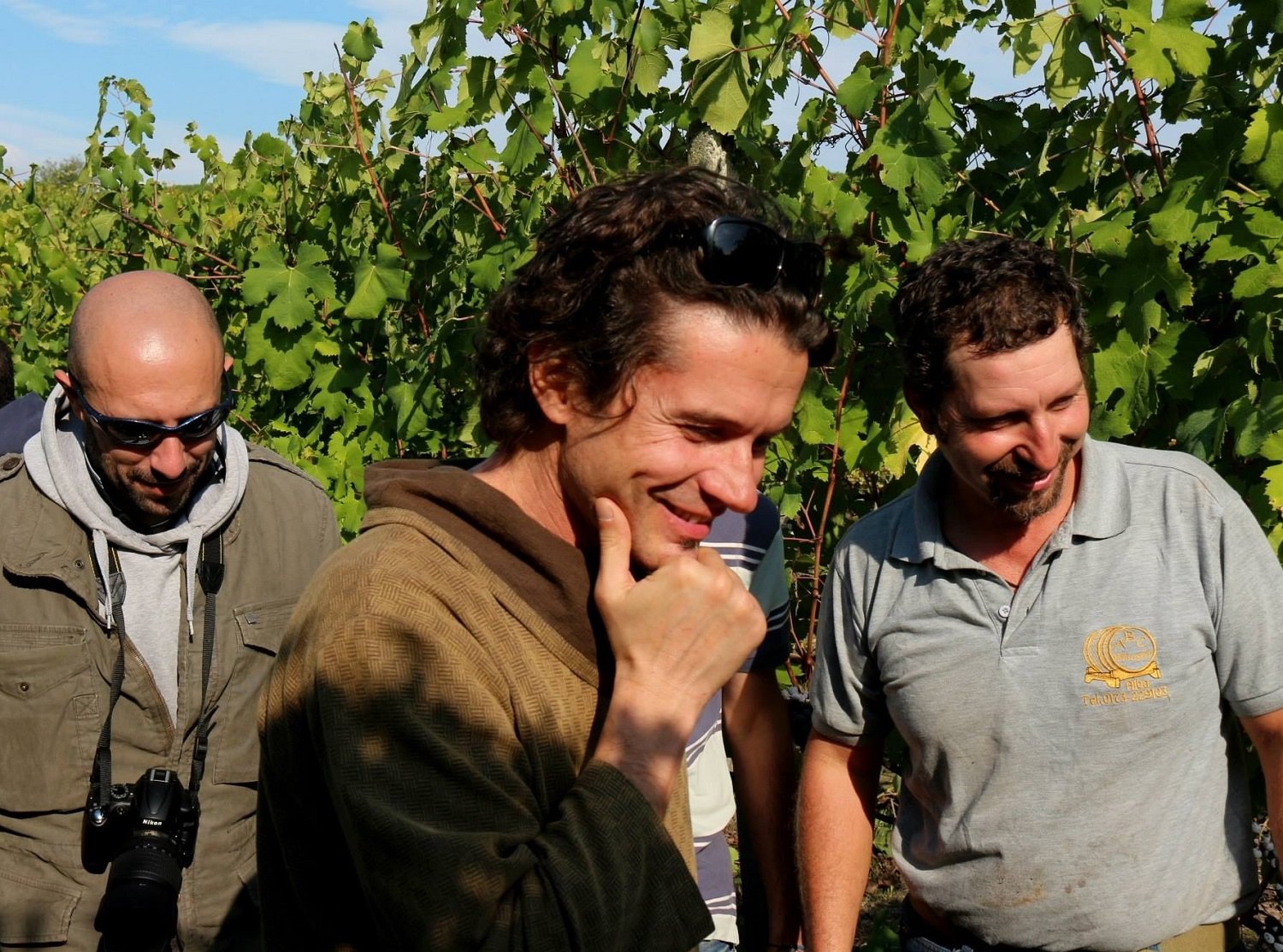

Marcello Bertino
Though born in the Piedmont wine hills of northern Italy, Marcello Bertino is equally passionate about the region of Puglia. No wonder: the hiking and biking guide met his wife and raised a family in this compelling region. Through the years he has learned much about the strong tastes and deep contradictions of “Apulia,” breathing in the ancient silence of the olive groves, absorbing its local folklore, and studying its charming Mediterranean culture. Today, he is excited to introduce guests to the tasty mix of history, culture, and cuisine experiences the region offers.
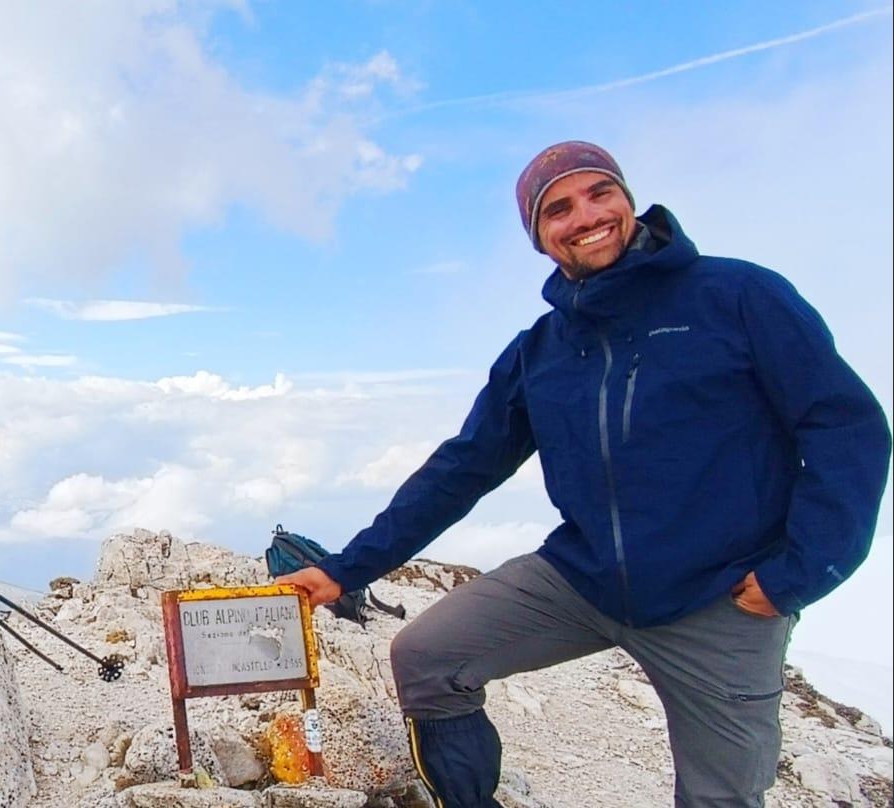

Marco Orlando
Marco Orlando has always loved the great outdoors. Growing up in the Italian countryside, he learned to love the natural world at an early age. After spending the early part of his career working as an electronic engineer, Marco later shifted to a career path that allows him to focus on his passions-including hiking, biking, rock climbing, and snowboarding. He loves to lead groups on biking and hiking tours in Puglia and the central Apennines-and also works as a free diving instructor. In his spare time, Marco enjoys reading, traveling, exploring new places, and experiencing new cultures.
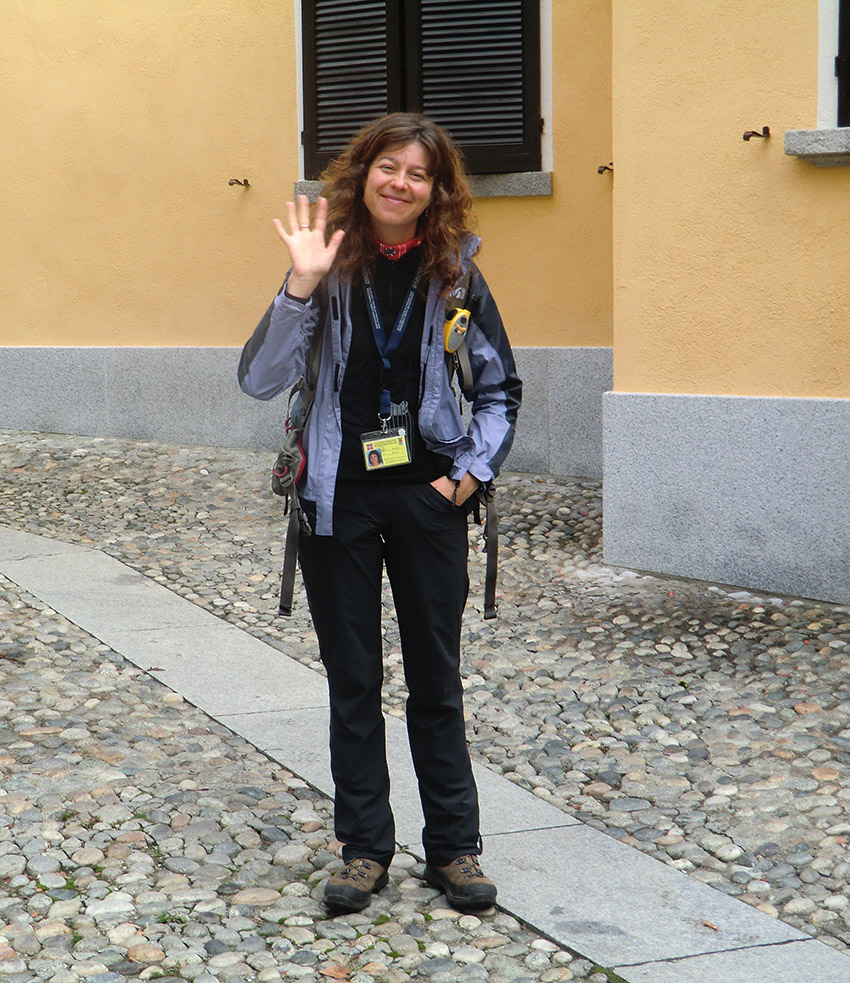

Beatrice Bariletta
Beatrice Bariletta grew up in the Ossola Valley near Lakes Maggiore and Orta and loves walking and hiking in any mountain range, but especially in the Alps, where she lives. She loves to cook and has a special interest in flora, and fauna (especially birdwatching!), as well as Italian art. Beatrice enjoys helping plan walking tours as she feels exploring on foot helps open our eyes to our surroundings. She never tires of guests being surprised and inspired by the beauty of the landscape she calls home, which is always changing according to the season. From the north of Italy to the south, she enjoys leaning more about her country and enthusiastically sharing it with those who walk with her.


0 of 4
Tours Selected